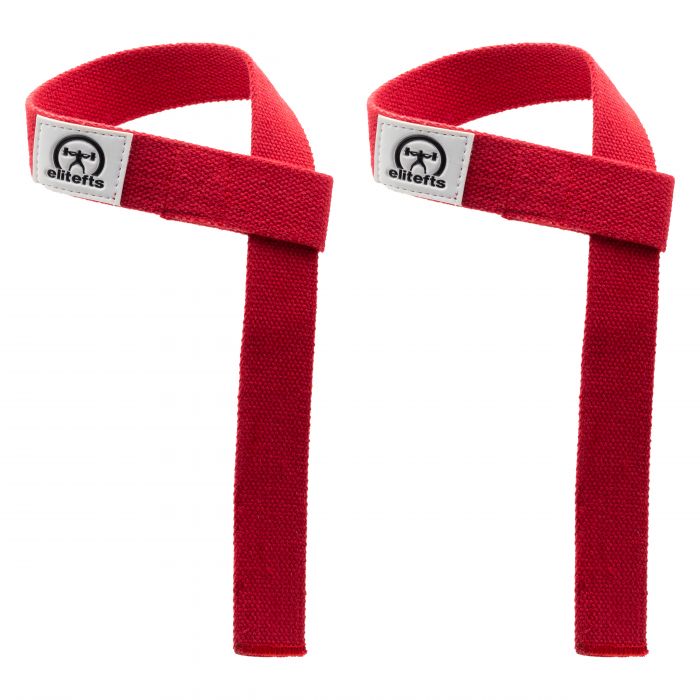
In Part 1 of this series, I covered the first two dysfunctions of a team: the absence of trust and fear of conflict (based on Patrick Lencioni's book, The 5 Dysfunctions of a Team), as well as how to work past those dysfunctions. Here, I’ll continue talking about the final three dysfunctions of a team, hypothetical conflicts and criticism, and how to best approach these situations.
RECENT: The 5 Dysfunctions of a Team: Absence of Trust and Fear of Conflict
5 Dysfunctions of a Team: Lack of Commitment
Without having aired their opinions in the course of passionate and open debate, team members rarely, if ever, buy in and commit to decisions. Commitment occurs when everyone understands what’s going on and buys into the decision that’s made. A consensus doesn’t have to be met, but all ideas must be considered genuinely. When every voice is heard, willingness to follow improves. That’s not saying that everyone necessarily agrees on the idea, but they know that everyone is working together towards the one common goal: making the team hard to beat. Great teams can commit and unite around decisions even when there is little assurance about whether the decision is correct. They understand a decision is better than no decision. Compare this to dysfunctional teams that hedge bets and delay decisions creating paralysis and lack of confidence. When all the cards are on the table, the team can confidently commit.
dmitrydesigner © 123rf.com
The role of the leader: The leader must be comfortable with making a mistake; they will happen, and this is OK. The leader must push for closure and follow the plan set by the team. Do not place a high premium on certainty, because no plan is perfect and nothing in life is certain. Remember that plans are written on paper and spoken, not in stone. Plans can change. One of the best statements ever about plans was from General George S. Patton: “A good plan put in place now with vehemence and vigor is better than the best-made plan in two weeks.” Make sure that you and everyone buy into the team’s goals and decisions. It’s not always easy, but it’s what it takes to be a champion. Following this up, if I have control of most of the schedule, I try and illustrate this in the following two sessions. During the next session, I usually try and make it a bit heavy and intense on the resistance aspect of it but stop 10 or 15 minutes earlier than normal. We then develop a game and discuss the rules. It could be anything: we’ve done things from ultimate med ball, to what we called human foosball where we used a slider (furniture mover with a slick bottom for carpet) as the ball, to the human bubble hockey where each person had to keep a foot on a cone at all times. Everyone has to be on board with all of the rules — they may not like them, but they have to be on board. The following session is the last session of the week, and I normally save 10 to 20 minutes for a game to get them with conditioning that they didn’t notice because they were enjoying working hard and as a reward for the week. In conjunction with the rules that they made up, I have one additional rule that I always add on: If people complain about the rules during the game, it is over. I have never had to end the game that they made the rules up for.5 Dysfunctions of a Team: Avoidance of Accountability
Without commitment and buy-in to a clear plan of action, even the most focused and driven people often hesitate to call out their peers on actions and behaviors that seem counterproductive to the good of the team. Accountability refers to the willingness of team members to call out their peers on performance or behaviors that might hurt the team. Members of great teams overcome the fear of confrontation and "enter the danger zone" with one another. But this is difficult because no one wants to jeopardize a valuable personal relationship. Yet, without such conflict, relationships deteriorate and results deteriorate with them. It turns out that peer pressure motivates respected teammates to not let each other down and motivates people to the highest standards. How to improve accountability:- Publish goals and standards, what is to be achieved, who needs to deliver what, and how people need to behave to succeed. The enemy of accountability is ambiguity.
- Make sure the main goal(s) are team goals. Individuals can let themselves down, and teammates let them because it doesn’t affect others. Make sure that the main goal is for the team because people won’t stand by and let the team fail. Remember that the team is more important than the individual.

Chaiyon Srichiangha © 123rf.com
5 Dysfunctions of a Team: Inattention to Results
Failure to hold one another accountable creates an environment where team members put their individual needs or even the needs of their division above the collective goals of the team. The ultimate dysfunction of a team is the tendency of members to care about something other than collective goals and results. In poorly performing teams, members derive status from being part of the team, or they focus on enhancing their own positions, or personal statistics at the expense of their team. A functional team must make the group results the most important goals, and they must be results-oriented, living and breathing results. How to improve attention to results:- Make the team goals clear and reward behaviors that nurture results for the team.
the story of Thomas Edison to reframe failure or the following about successes and failures:
Successes and Failures
Everything is always in the eye of the beholder.Remember the story about Thomas Edison? They asked him how it felt to have failed so many times, and his response to them was, I have never failed, I successfully found ways not to make a light bulb. In life, as in sport, there are wins and losses as well as successes and failures. In sport, we know what a win is, and we know what a loss is. The next step beyond that is where the power lies, in the successes and failures. If you lose a game 40-0, but you learn what your weakness is and you learn how you can correct it in the future, then the loss wasn’t a loss, it was a success. Likewise, if you narrowly win a game 4-3 with a late come from behind with a big play, and you have a weakness exposed but don’t care to do anything about it since you won and are high on emotions, then it’s a failure. You found a weakness that you can correct; the flaw was exposed to you, but not doing anything about it turns a win into a failure. In sport, as in life, wins and losses don’t mean as much as successes and failures. Open your eyes, learn from your experiences, and compete like a champion. We follow this up with them giving examples of how they had each of these in the previous season or two or from experience in a club team. It’s important to have them be able to reframe things like this before the season begins. They need to have the tools available to them to deal with the issue when it occurs as opposed to trying to educate them after the fact when the mental and emotional damage may already be done. I hope this is beneficial to you. It’s something I did with many teams over several years and I feel like it helped some get over the proverbial hump.
Part 1: Absence of Trust and Fear of Conflict











































































































